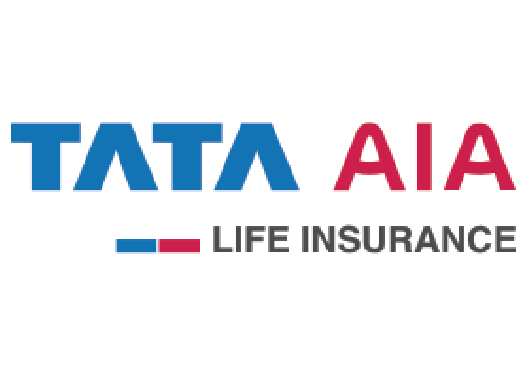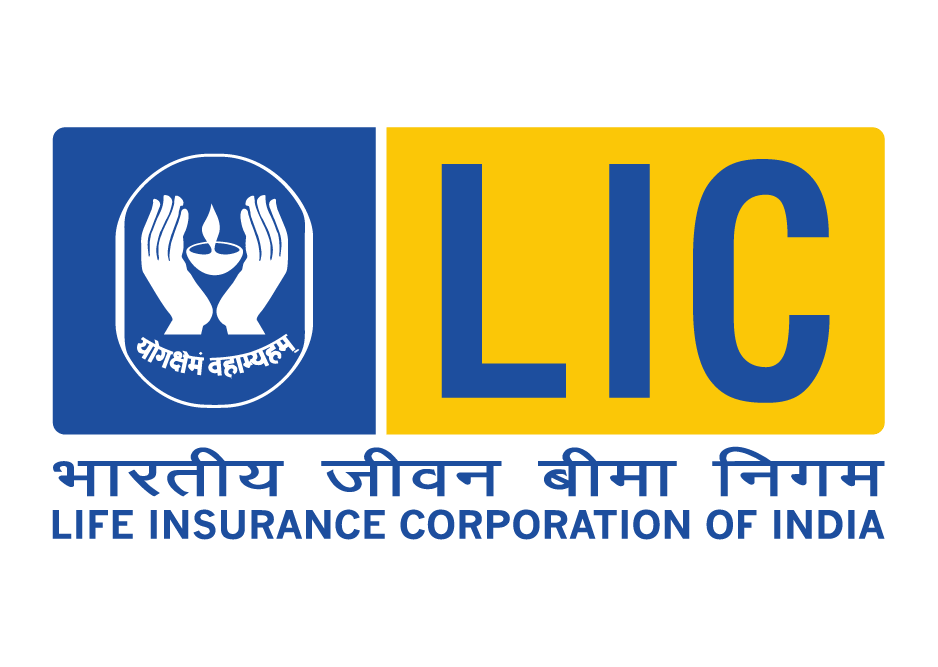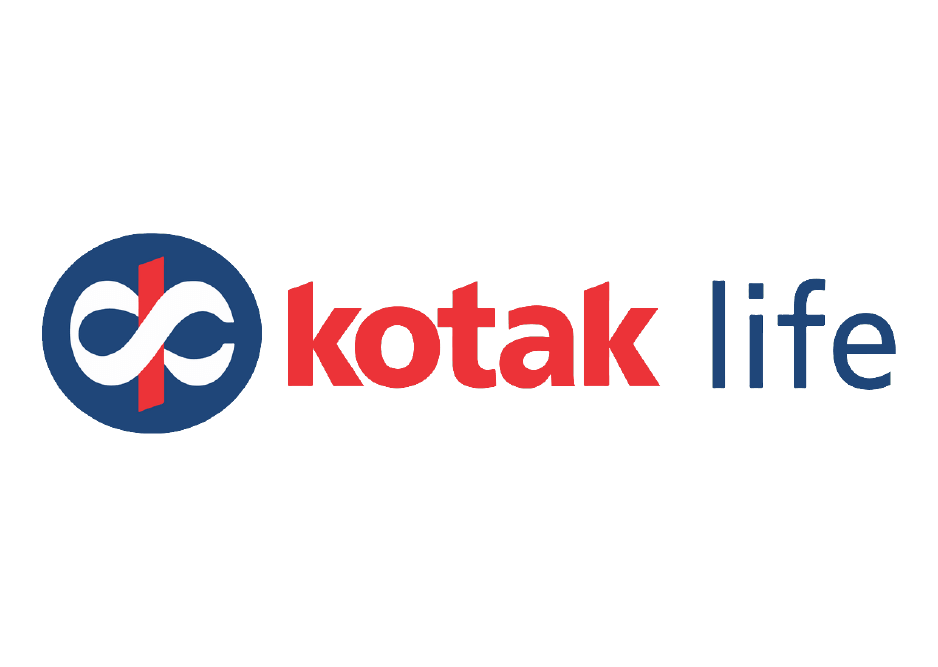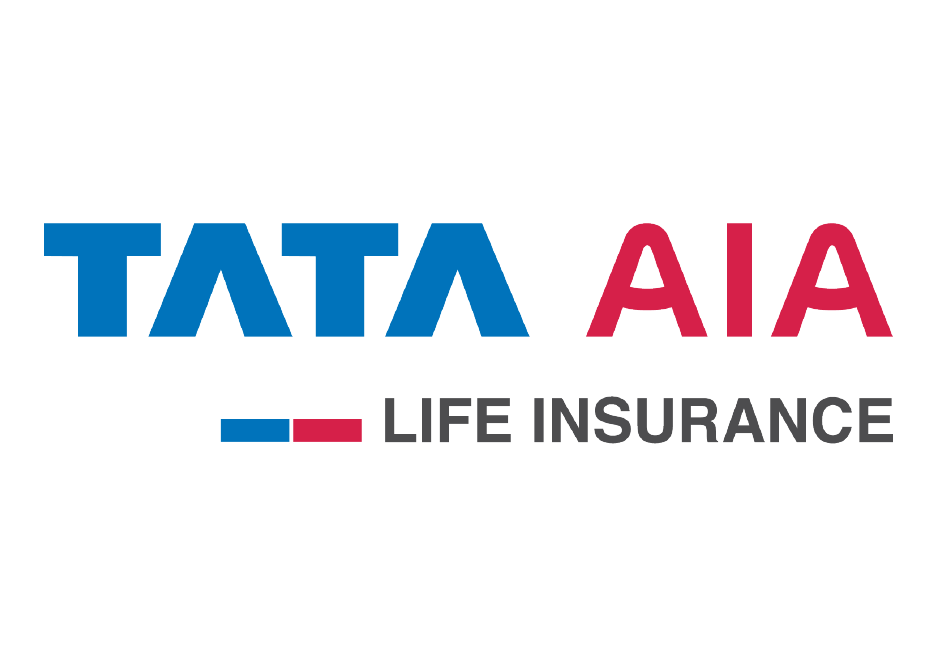Pension Plans
Pension plans are financial tools that help one to collect funds for their retirement or we can say for golden years. It is an investment strategy designed to accumulate a portion of your savings over an extended period. By making regular savings towards a pension plan, one can achieve financial security for future and post-retirement needs. These plans provide a consistent source of income during retirement. A pension plan is the simplest way to ensure a secure life in retirement years. However, it is crucial to understand various aspects of the pension plans, like their working, types, and benefits.
Phases of a Pension Plan
Before exploring the pension plans and making investments, it is essential to understand the two phases of pension plans as follows:
- Phase I (Accumulation): During the accumulation phase, you regularly invest money into your pension fund. When you pay the premium towards a pension plan, it gets invested in a fund or asset of your choosing for a fixed term.
- Phase II (Vesting): This is the maturity period. Once you retire and start receiving a steady stream of income from your pension plan, you enter the vesting phase. When the vesting period arrives, you will have two options. You can either begin receiving the pension benefits or withdraw the proceeds and purchase an immediate annuity plan from the same company.
Key features of a Pension Plan
Pension plans have many features depending on the type, pension plan provider, and more. However, pension plans come with two essential features as follows:
-
Guaranteed Maturity Benefit
Every pension plan in India offers a guaranteed maturity benefit, which is why these plans are called guaranteed pension plans. Their maturity benefit typically involves either 101% of the paid premium or the overall fund value of the paid premium, whichever is more. Guaranteed pension plans are a profitable and secure investment providing high value for your income over the years.
-
Guaranteed Death Benefit
A pension plan offers a death benefit if the policyholder pays the premiums regularly without any interruptions. The death benefit will be equal to 105% of the total paid premiums, including any top-ups. In the event of the policyholder's untimely death, this amount will go to the nominee or beneficiary. However, in cases where the pension fund is terminated, the insurer will only pay the accumulated funds to the nominee.
Types of Pension Plans in India
National Pension Scheme (NPS)
The Government of India introduced the National Pension Scheme (NPS) in 2004 to provide retirement savings options. NPS offers investments in equity and debt markets based on individual preferences. At the time of retirement, individuals can withdraw 60 percent of the accumulated funds. They can use the remaining 40 percent to invest in an annuity plan.
Pension Funds
The Pension Fund Regulatory and Development Authority (PFRDA), a government body, has empowered six companies that act as fund managers. Pension fund plans provide better returns during their maturity. They also remain active for longer periods of time.
Deferred Annuity Plan
It enables individuals to accumulate a corpus with single or regular premiums during the entire policy term, with pensions starting after the term ends. This plan offers tax benefits as there is no tax on the invested capital till the withdrawal. An individual can invest in a deferred annuity plan by making regular contributions or by making a lump sum payment.
Guaranteed Period Annuity
This annuity option is offered for five, ten, fifteen, or twenty years irrespective of whether the policyholder survives or not.
Pension Plans With and Without Cover
The pension plans with cover include life cover, paying a lump sum to family members if the policyholder dies. But, in Pension plans without cover, a corpus is provided to the nominee in case of the death of the policyholder.
Immediate Annuity
The Immediate annuity plan provides a pension immediately after a lump sum investment with an amount based on the investment. The plan offers tax exemption on premiums under the Income Tax Act of 1961. In case of the death of the policyholder, the nominee person will get the benefit amount.
Life Annuity
It pays an annuity or payment for the lifetime of the retiree. If the policyholder opts for the "With Spouse" option and dies, the spouse gets the pension amount.
Annuity Certain
It is a pension plan where the annuitant receives the annuity for a number of years, with the beneficiary receiving the annuity in case of the death of the annuitant.
Top 10 Pension Plans in India
Here is the list of the top 10 pension plans in India as per the prevailing annuity rates.
Online Life Insurance Plan
 |
Axis Max Life Smart Guaranteed Pension Plan |
Coverage Benefits
- Guaranteed income
- Death benefit
- Top-up option
- Return of annuity
Eligibility Criteria
Entry Age: 30 - 85 years
Minimum Annuity Payout: Rs. 1,000 (monthly)
 |
HDFC Life New Immediate Annuity Plan |
Coverage Benefits
- Single and joint life annuity
- Return of purchase price option
- Multiple payout modes
- Guaranteed life time income
Eligibility Criteria
Entry Age: 18 -99 years
Minimum Annuity Payout: Rs. 1,000 (monthly)
 |
HDFC Life Saral Pension |
Coverage Benefits
- Guaranteed payout for life
- Whole life annuity
- Policy loan available
- Return of purchase price
Eligibility Criteria
Entry Age: 40 - 80 years
Minimum Annuity Payout: Rs. 1,000 (monthly)
 |
TATA AIA Life Saral Pension Plan |
Coverage Benefits
- Annuity for Lifetime
- One-time investment
- No medical test required
- Tax benefits
Eligibility Criteria
Entry Age: 40 - 80 years
Minimum Annuity Payout: Rs. 1,000 (monthly)
 |
TATA AIA Life Fortune Guarantee Pension |
Coverage Benefits
- Lifelong guaranteed income
- Spouse coverage
- Annuity top-up option
- Tax benefits
Eligibility Criteria
Entry Age: 30 - 85 years
Minimum Annuity Payout: Rs. 1,000 (monthly) s
 |
Bajaj Life Guaranteed Pension Goal |
Coverage Benefits
- Return of purchase price
- Guaranteed lifelong regular income
- Joint life option
- Multiple annuity options
Eligibility Criteria
Entry Age: 30 - 85 years
Premium Paying Term: 5 - 10 years
 |
ICICI Pru Guaranteed Pension Plan |
Coverage Benefits
- Guaranteed lifelong annuity
- Choose your retirement date
- Top up option
- 11 annuity options
Eligibility Criteria
Entry Age: 30 - 100 years
Minimum Annuity Payout: Rs. 1,000 (monthly)
 |
Kotak Lifetime Income Plan |
Coverage Benefits
- 6 annuity options
- Guaranteed lifetime annuity rates
- Single premium payment
- Family pension for NPS subscribers
Eligibility Criteria
Entry Age: 18 - 99 years
Minimum Annuity Payout: Rs. 1,000 (monthly)
 |
India-First Life Guaranteed Annuity Plan |
Coverage Benefits
- 12 annuity options
- Family income option
- Immediate pension payment
- Return of purchase price
Eligibility Criteria
Entry Age: 40 - 80 years
Minimum Purchase Price: Rs. 1 Lakh
 |
LIC New Jeevan Shanti Plan |
Coverage Benefits
- Fixed annuity rates
- Multiple annuity options
- Increasing death benefit
- Incentives available
Eligibility Criteria
Entry Age: 30 - 79 years
Minimum Purchase Price: Rs. 1.5 Lakh
Pension Plan Eligibility Criteria
Age Eligibility
To be eligible for most pension plans, a person must be at least 18 years of age at the time of entry. The maximum age of entry is 70 years. .
Premium Amount
There is no upper limit on the premium amount that one can pay, but the minimum annual premium amount is typically around INR 50,000.
Vesting Age
To be eligible for vesting benefits under most pension plans, an individual must have reached the minimum vesting age of 30 years. The maximum age for vesting benefits is 80 years.
Premium Payment Term
The premium payment term for most pension plans is the same as the policy term chosen.
Policy Term
Depending on the pension plan one chooses, the policy term can range from 10 to 30 years.
Advantages of Pension Plan
-
Investment Options
Pension plans provide the flexibility to investors to invest in safe government securities or take some risk and invest in debt and equity investments as per the risk profile. The potential for high returns from these investments balances the risk.
-
Emergency Lump Sum
Policyholders can adjust the pension policies to provide a lump sum payout during emergencies, such as covering long-term healthcare expenses.
-
Savings
Pension plans act as a long-term savings option, providing a guaranteed amount irrespective of whether you opt for lump-sum or regular small payments. They generate an annuity one can further invest, generating a steady cash flow after retirement.
-
Acts as Life Insurance Coverage
Some pension plans provide a lump sum amount to the investor on retirement or in case of their untimely death. In this way, your pension policy also acts as a life insurance cover.
-
Inflation Hedge
Pension plans are an excellent way to beat inflation. They pay a lump sum amount during the policyholder’s retirement, amounting to a maximum of 1/3rd of the collected corpus. The remaining 2/3rd of the corpus can be invested to generate a steady cash flow, negating the inflation impacts.
-
Freedom to select your payment options
You can invest a lump sum amount and start receiving an annuity right from the investment point or opt for a deferred annuity plan that will allow your corpus to earn more interest and pay out larger amounts later, depending on your age or plans.
Steps to choose the right plan for you
Choosing the ideal pension plan for future savings and investments is not a one-size-fits-all solution. Your choice of pension plan should depend on your monthly affordability, risk tolerance, and retirement objectives. To choose a comprehensive plan, you need to calculate your estimated future expenses, including retirement goals and healthcare expenses. One must look out for the following points while selecting a pension plan:
- Step 1: Check for guaranteed benefits The pension plan must offer guaranteed benefits that can provide financial freedom even after you retire. It should offer a steady income stream to manage your monthly expenses.
- Step 2: Check if you get tax benefits Any contributions you make towards your pension plan may be tax-exempt under the 1961 Income Tax Act, Section 80C. Additionally, the returns you get can also be tax-free, depending on the type of pension plan you choose.
- Step 3: Check whether your plan is customizable When opting for a pension plan, one can customize it to suit their needs. You can select your accumulation years, vesting age, and payment period, among other things.
- Step 4: Check whether the plan offers flexible payouts Most pension plans offer flexible payout options, where you can choose between getting monthly payments or annual payments.
- Step 5: Check for policy coverage Pension plans also provide life insurance coverage, allowing your dependents to be financially secure in case of your untimely demise.
- Step 6: Check if the plan covers medical emergency Your pension plan should offer coverage for medical emergencies, including financial protection against critical illnesses and disabilities resulting from accidents. This type of coverage can be valuable in the event of a medical emergency during your retirement years.
Final thoughts
Each type of pension plan comes with its unique benefits and features. However, it is undeniable that securing your financial future is crucial. Planning for your retirement early on can help create more wealth over a longer period, leading to a more secure future post-retirement. With pension plans available in India, you can ensure that your family's financial needs are taken care of after retirement, providing you with a reliable source of income. Saving for retirement can also prepare you for any unforeseen emergencies, financial or health-related. To explore pension plans that best meet your requirements, visit RenewBuy.com.
Related Article: What is Retirement Life Insurance Plan in India?



















